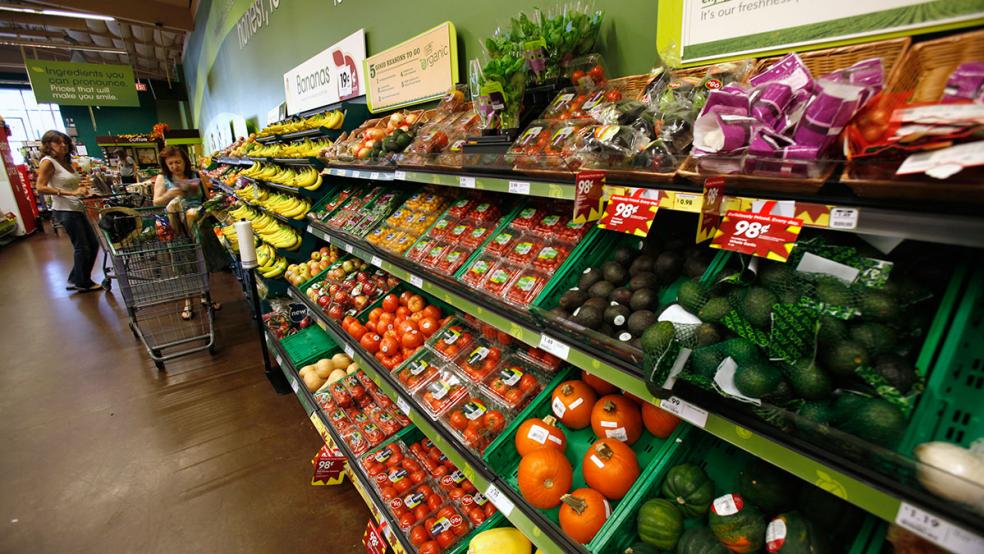Congress gave the Supplemental Nutrition Assistance Program a big boost during the Covid-19 pandemic, helping millions of households avoid hunger and food shortages over the past three years. But as of March 1, the temporary increase in SNAP benefits is coming to end, a move that will reduce the level of federal nutritional aid for millions of households.
Currently, there are roughly 42 million SNAP beneficiaries, and about 31 million of them are still receiving the pandemic-era emergency allotments. According to an analysis by the Center on Budget and Policy Priorities, SNAP’s emergency allotments program was still operating last month in 32 states, as well as the District of Columbia, Guam and the U.S. Virgin Islands.
As of this month, the 16 million households receiving extra benefits will see a reduction in aid of at least $95 a month, with some households losing far more, CBPP says. On average, each person receiving benefits will see a cut of about $90 per month, which could add up to hundreds of dollars per month in larger households. Those qualifying for the minimum benefit, many of whom are elderly, will see the biggest cuts as monthly aid falls to as low as $23.
The cuts would be even larger if aid levels returned to pre-pandemic levels, but in 2022 the Department of Agriculture adjusted the baseline for the cost of a nutritionally adequate diet, adding $1.35 per person per day starting this year. Still, the new baseline of $6.10 per person per day allows for only $2 per meal, a level many nutritional experts say is too low.
The emergency allotments program kept 4.2 million people above the poverty line at the end of 2021, according to an estimate by the Urban Institute. The program reduced the poverty rate in participating states, as well, by 10 points overall and 14 points for children.
In recent months, the emergency allotments program cost about $3 billion per month, CBPP says.
Worries about a “hunger cliff:” Some advocates for the poor warn that the sudden reduction in food assistance will result in a sharp increase in hunger and food insecurity, especially at a time when inflation is raising the cost of everything from eggs to rent. They expect to see a greater strain on food pantries and other charities that serve low-income households – a pattern seen in the 18 states that ended their emergency allotments programs before March 1.
Zac Hall, senior vice president at the Food Bank for New York City, told The Hill that charities are in no position to make up for the full value of the reduction. “It’s $3 billion that we’re estimating will be lost nationally for 42 million people who rely on SNAP. And that’s not something that the collective food banks across the U.S. can cover,” Hall said. “Folks may make some hard choices around seeking health care or paying their heat or light bills or rent or taking on more debt.”
Ellen Vollinger of the nonprofit Food Research & Action Center told The New York Times that the cuts will reverberate down the social ladder, hitting those who can afford it least the hardest. “This is a cost shift from the federal government,” she said. “It just shifts the burden of hunger onto states and counties, to the charitable sector, but of course, most harshly, it shifts the burden to that household to try to make do with even less.”




